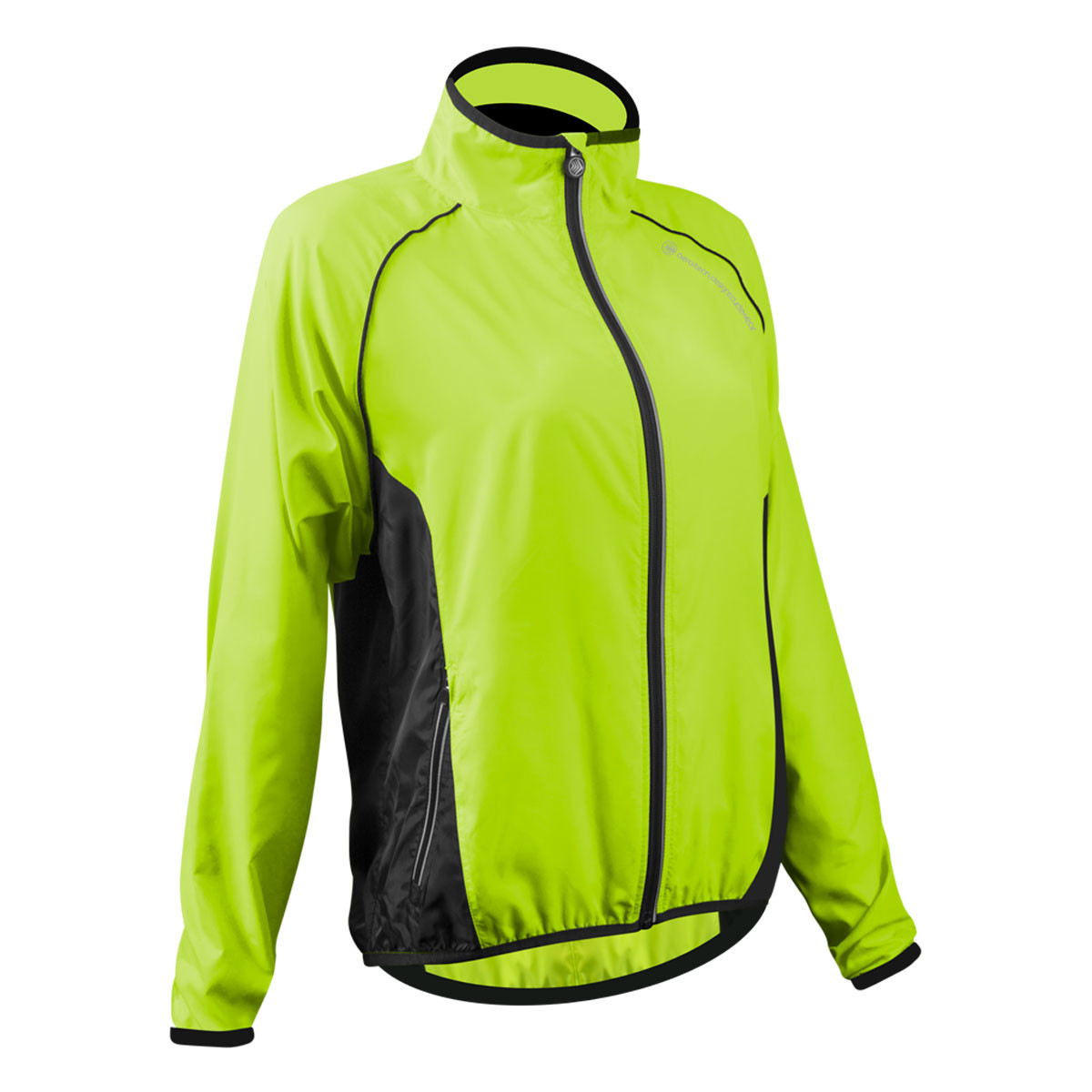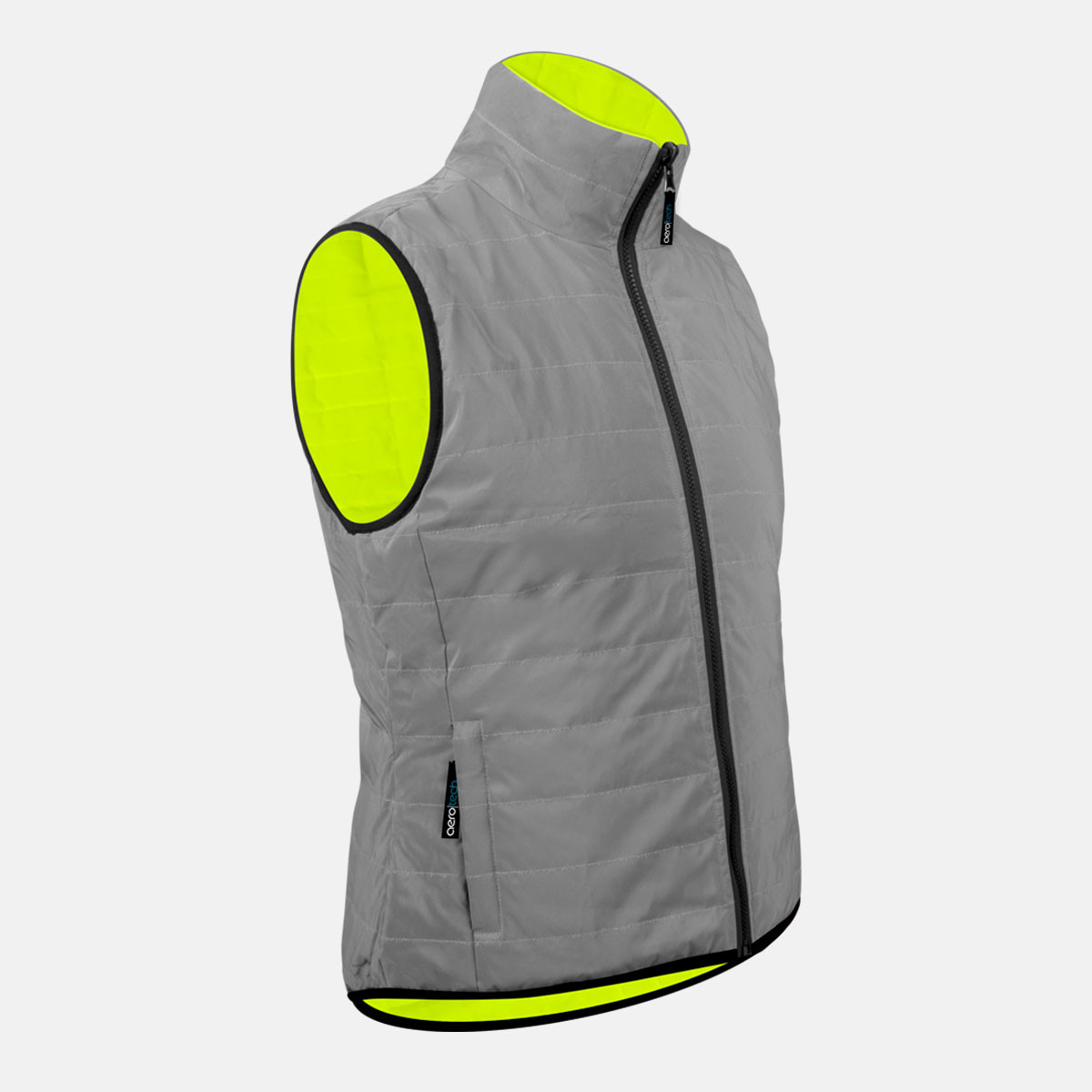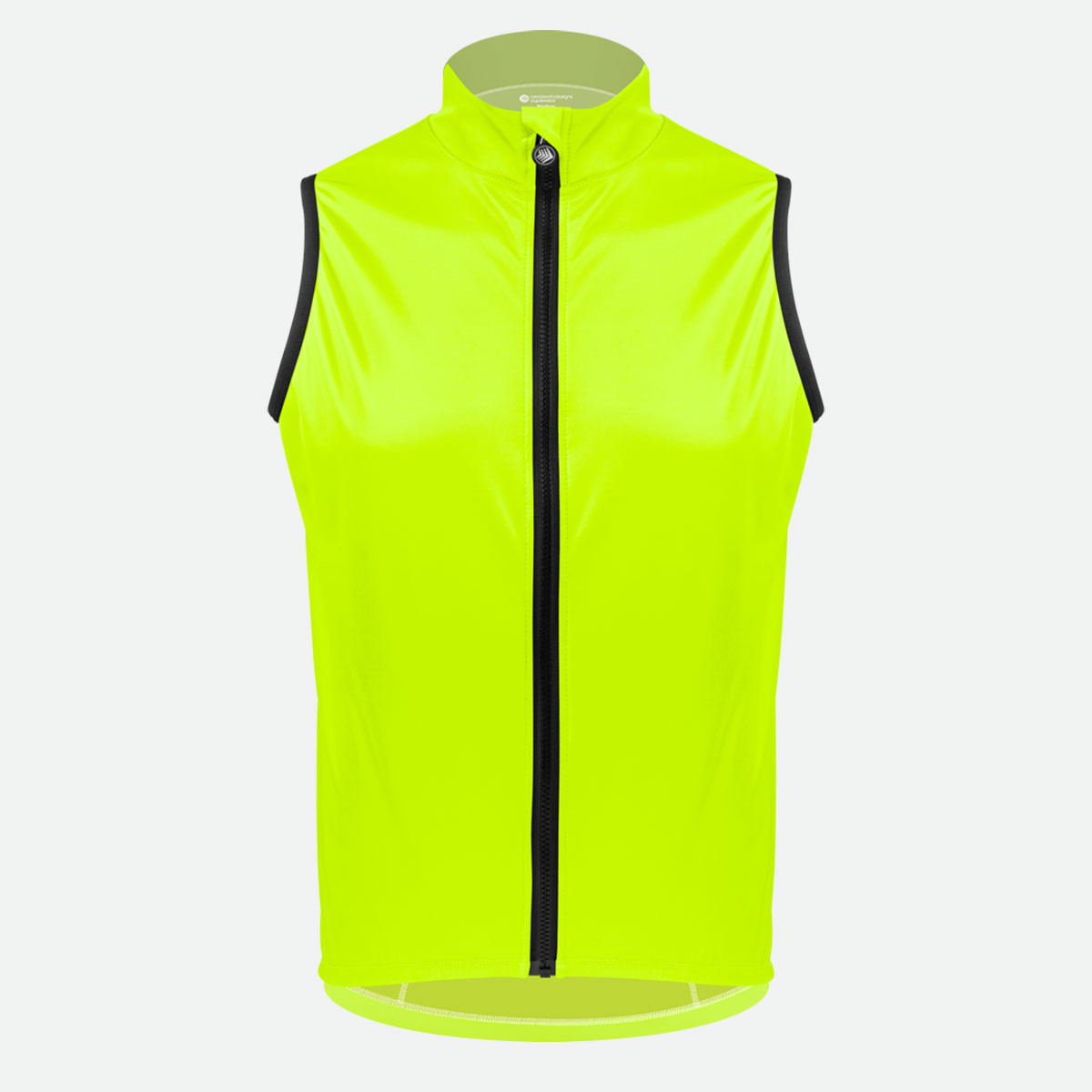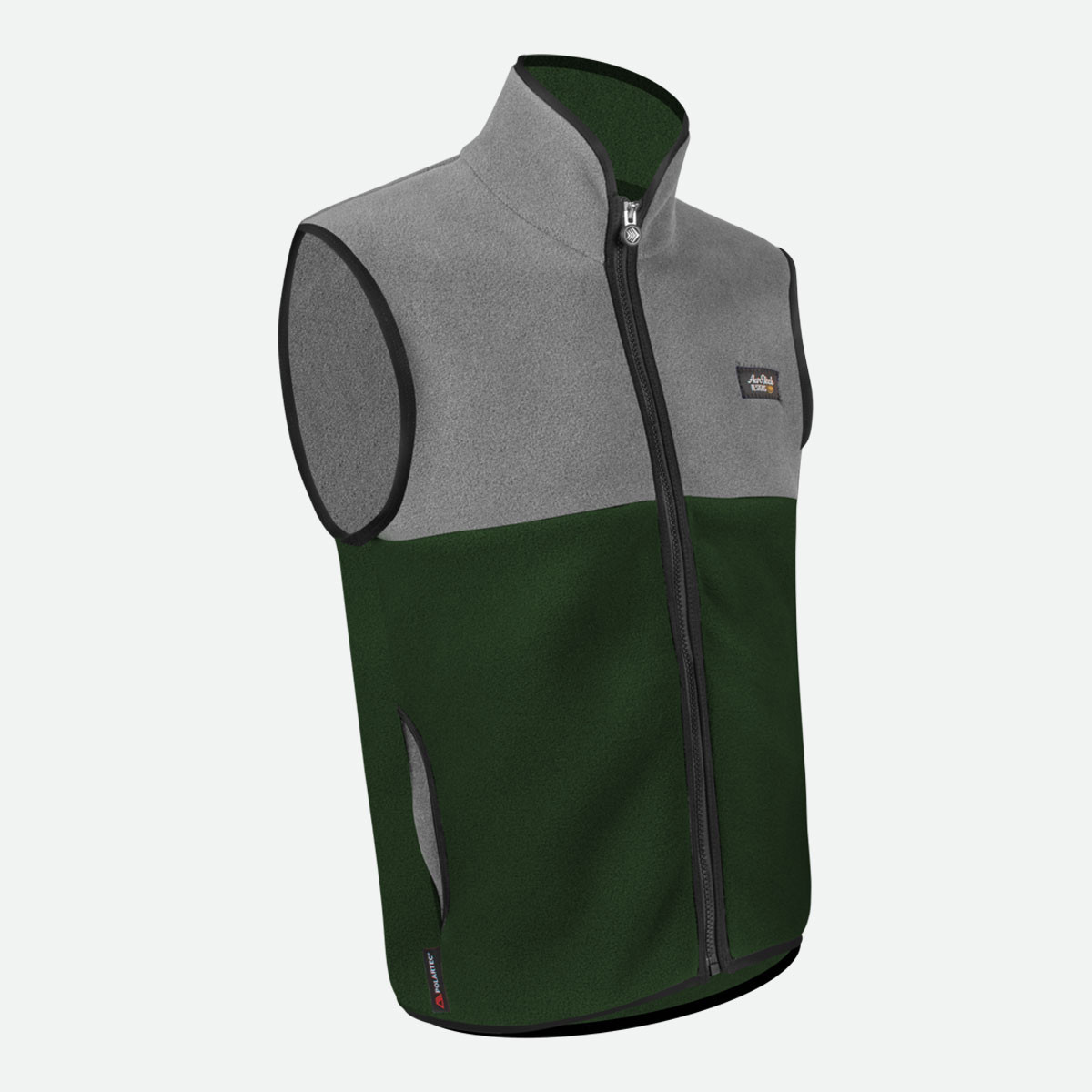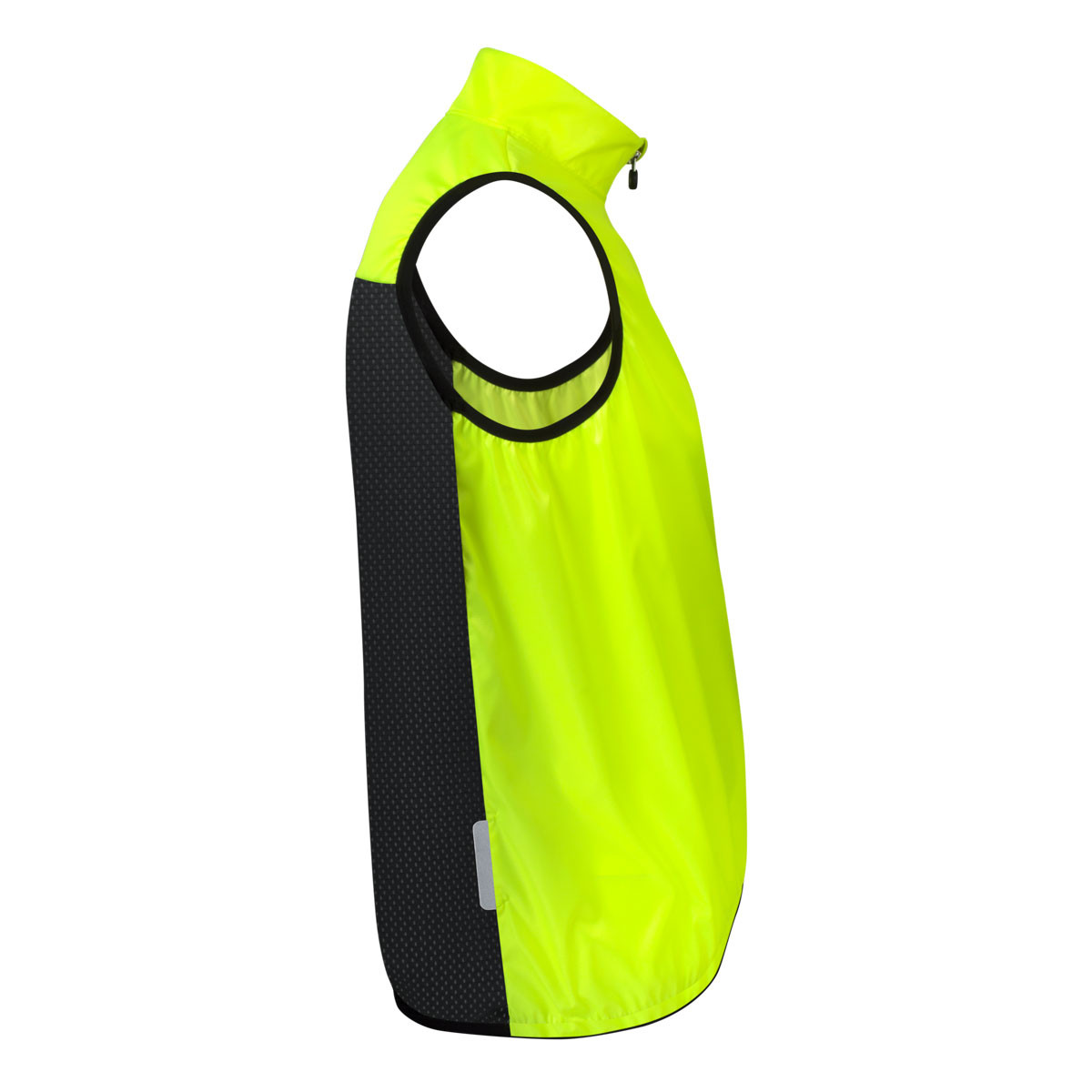BIG AND TALL CYCLING JACKETS

Cycling Jackets for Big & Tall Riders
Stay warm, dry, and comfortable in cycling jackets designed specifically for big and tall men. Built with extended sizing and longer proportions, these jackets provide full coverage in the riding position without bunching or riding up. Technical fabrics offer windproof and water-resistant protection while remaining breathable, so you can maintain comfort through changing conditions. Features like longer backs, adjustable hems, and reflective elements ensure a secure fit, weather-ready performance, and increased visibility on the road.








